The Institute of Geology & Geophysics,formerly known as the institute of Applied Geology of Zhejiang University, was founded in 1989. It now has two key disciplines of Zhejiang Province, including Structural Geology and Earth Exploration and Information Technology. The geological discipline has the right to grant doctoral degree of since 2004, and the post-doctoral mobile station of geology has established since 2003 and the Research Center for Structure in Oil and Gas Bearing Basin, Ministry of Education, has built since 2006. There are many laboratories in this institute, including the Earth Detection and Data Processing, Modeling and Visualization Lab, Electron Microprobe Lab, Laser Ablation ICP-MS Lab, Paleomagnetic Lab, Geophysical Lab, Fission Track Analysis Lab, Geological Structure physical modeling Lab, Infrared Spectroscopy Lab, Laser Confocal Raman Spectronscopy Lab, Laser Particle Size Analysis Lab, etc.
There are 49 staff members in this institute, including 20 professors, 2 researchers, 23 doctoral supervisors and 13 associate professors. At present, there are more than 70 doctoral candidates and 60 master candidates. Among them, there are two Academicians of Chinese Academy of Sciences (Prof. Wencai Yang and Prof. Shufeng Yang), two awardees of the National Science Fund for Distinguished Young (Prof. Qunke Xia and Prof. Xiaoping Yang), four Distinguished Professor of Qiushi of ZJU (Prof. Hanlin Chen, Prof. Qunke Xia, Prof. Yixian Xu, Prof. Xiaoping Yang).
The research institute conducts research on major fundamental issues in the field of geology and major application issues in the field of energy, resources and environment, and forms its own features and advantages. In the research process, "four knots" are emphasized: the combination of basic research and applied research, the combination of geology and geophysics, the combination of geology and Marine science, and the combination of contemporary geological theory and information technology. Through the development of the discipline, five distinctive subjects have been formed, including:
(1) Structures and tectonics of orogens and basins.
Orogens and basins correlate in their mechanisms and during their development, and the research of orogens and basins is one of the frontiers of geosciences. Based on the Research Center of Structures in Oil and Gas Bearing Basin, Ministry of Education and under the support of projects from National S&T Major Projects, Key Projects of National Science Foundation of China, and petroleum enterprises, the research of this subject emphasizes on structural and tectonic process of the Circum-Tibet Plateau Basin and Range System and its controlling of hydrocarbon accumulation. The research reveals the crustal architectures and tectonic process of these regions to enrich the intra-continental deformation theory; establishes the structural models and evolution in these regions to make significant contributions for hydrocarbon exploration in fold-and-thrust belts in Tarim basin, Jiuquan basin and northern Qaidam basin.
(2) Neotectonics and natural disasters.
Controlled by India-Eurasian collision and Pacific plate subduction, neotectonics is widespread in China resulting in plenty of earthquake and landslide disasters. Under the support of projects from National Science Foundation of China and central and local governments, this subject studies the neotectonic process and their controlling on earthquake and landslide disasters in western China. Based on the advantage of the discipline in 3S technologies and inter-discipline research, this subject achieves an integrated method to effectively and efficiently evaluate and forecast natural disasters.
(3) Interactions between earth sub-systems and metallogenesis.
The interaction between earth sub-systems controls mineral resources. Under the support of projects from National Major Basic Research Program and Key Projects of National Science Foundation of China, this subject emphasizes on the deep geological process, geodynamics and related metallogenesis of Early Permian Tarim LIPs and large scale magmatism in Eastern China during late Mesozoic. The research has discovered Early Permian Tarim LIP and established new LIPs model of two-staged magma evolution; revealed the distribution and correlation between magmatism and tectonics of magmatism in Eastern China during late Mesozoic.
(4) Earth exploration and information technology.
Based on the Provincial Key Laboratory of Information System of Resources and Environments and combined with the problems faced by geological researches, this subject conducts the study of technology and method about evaluating and forecasting natural disasters and natural resources. Significant achievements have been made in the fields of continuation inversion of gravity and magnetic data, seismic wave migration imaging in complex structural belts, integrated platform of 'data-model-platform-application' for geoscientific data analyses.
The Director of the institute:Prof.Zou Lejun.
The deputies of the institute: Prof.Xiao Ancheng, Prof.Tian Gang and Associate Prof.Zhang Fengqi.
Experimental Platforms and Laboratories

Geological Structure physical modeling Lab
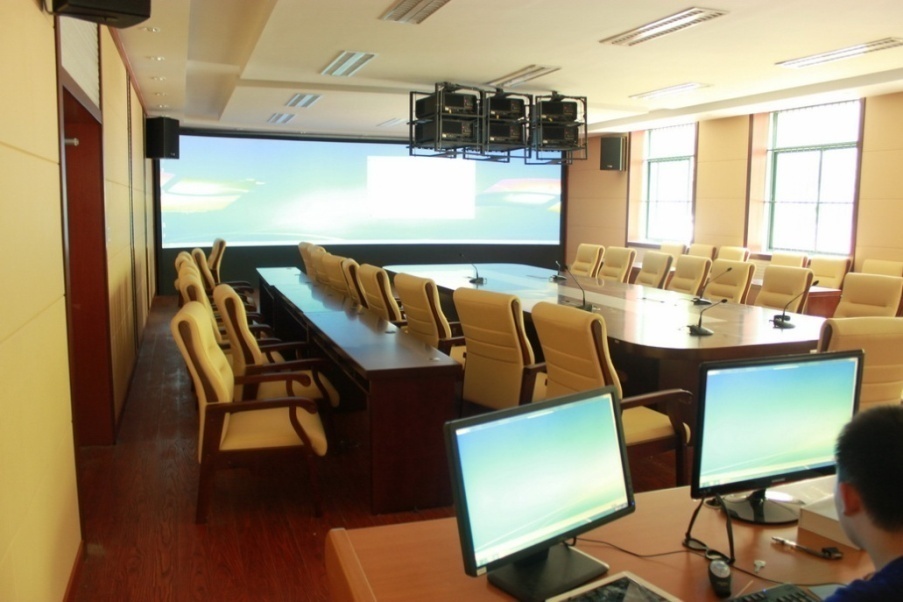
Big data processing and 3D visualization Lab
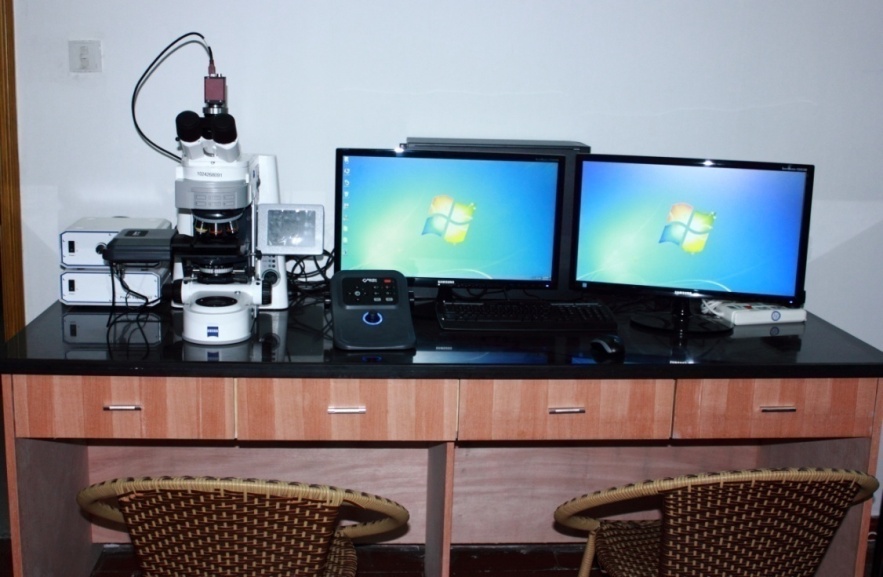
Fission Track Analysis Lab
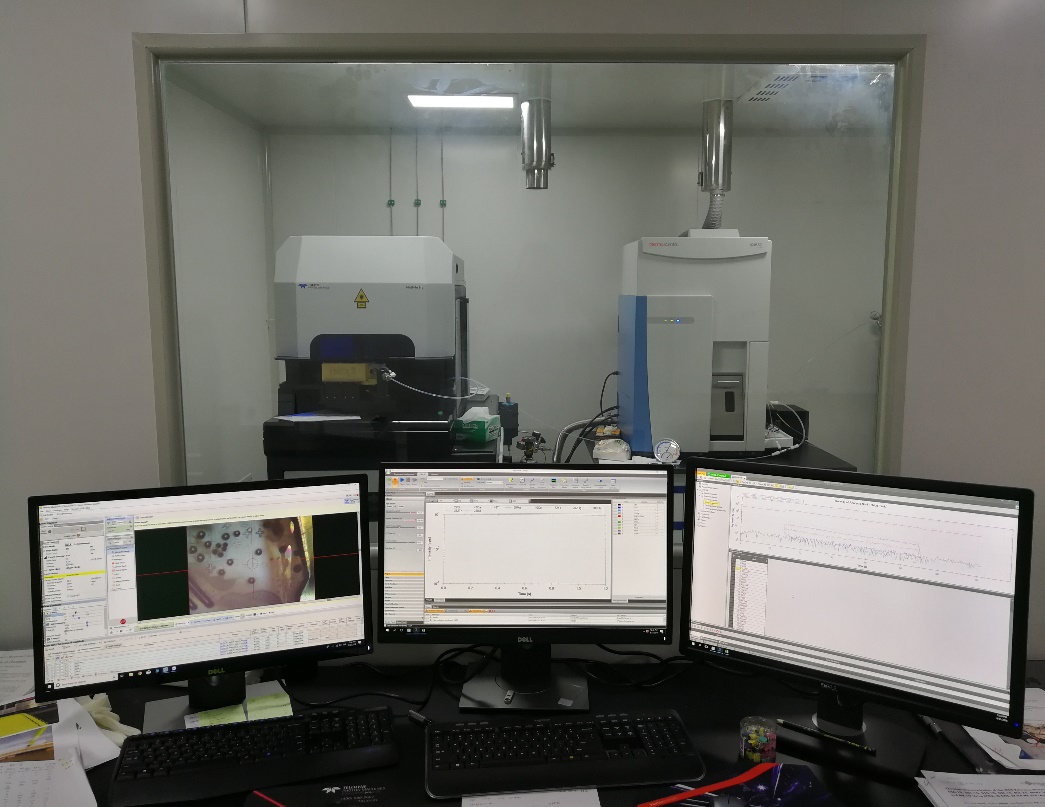
Laser Ablation ICP-MS Lab
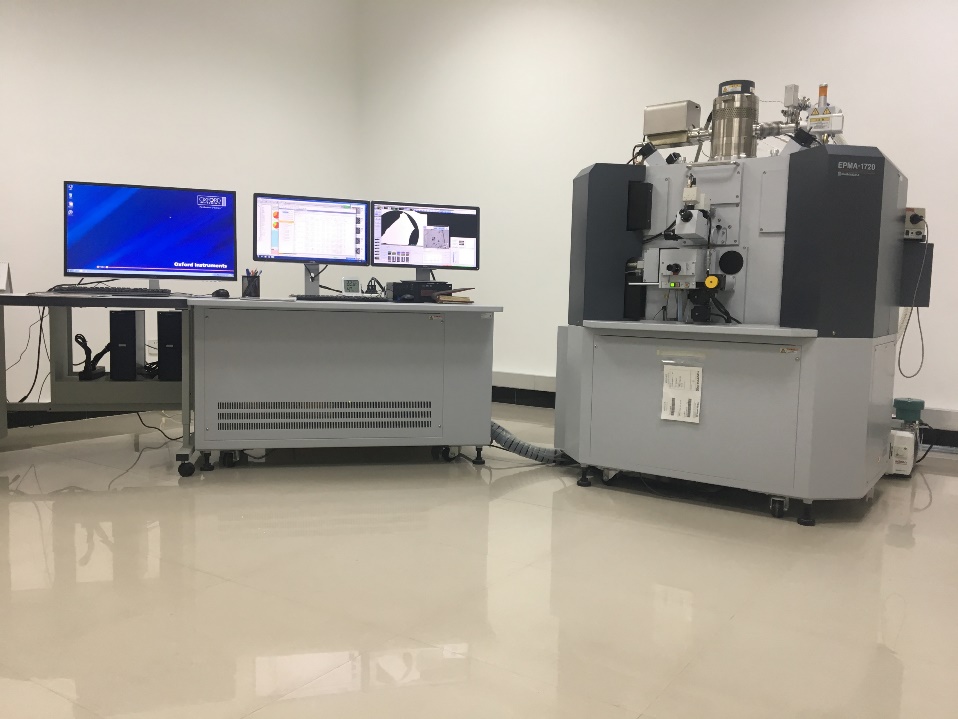
Electron Microprobe Lab
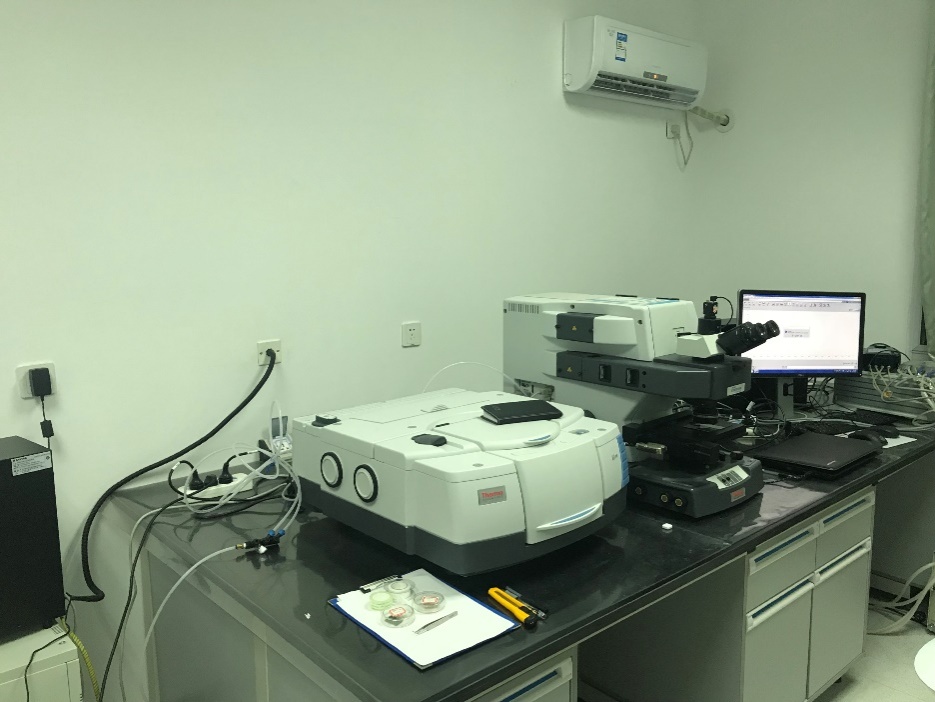
Infrared Spectroscopy Lab
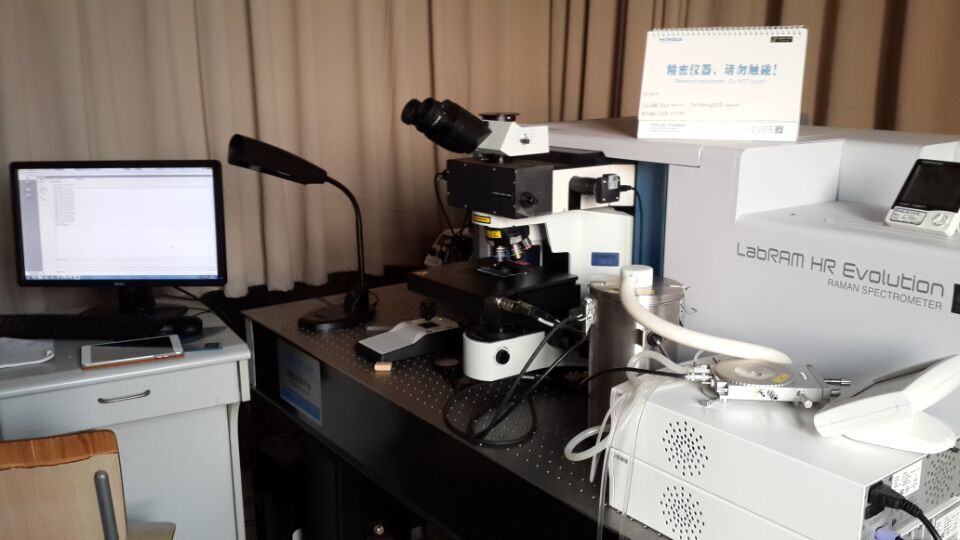
Laser Confocal Raman Spectronscopy Lab
